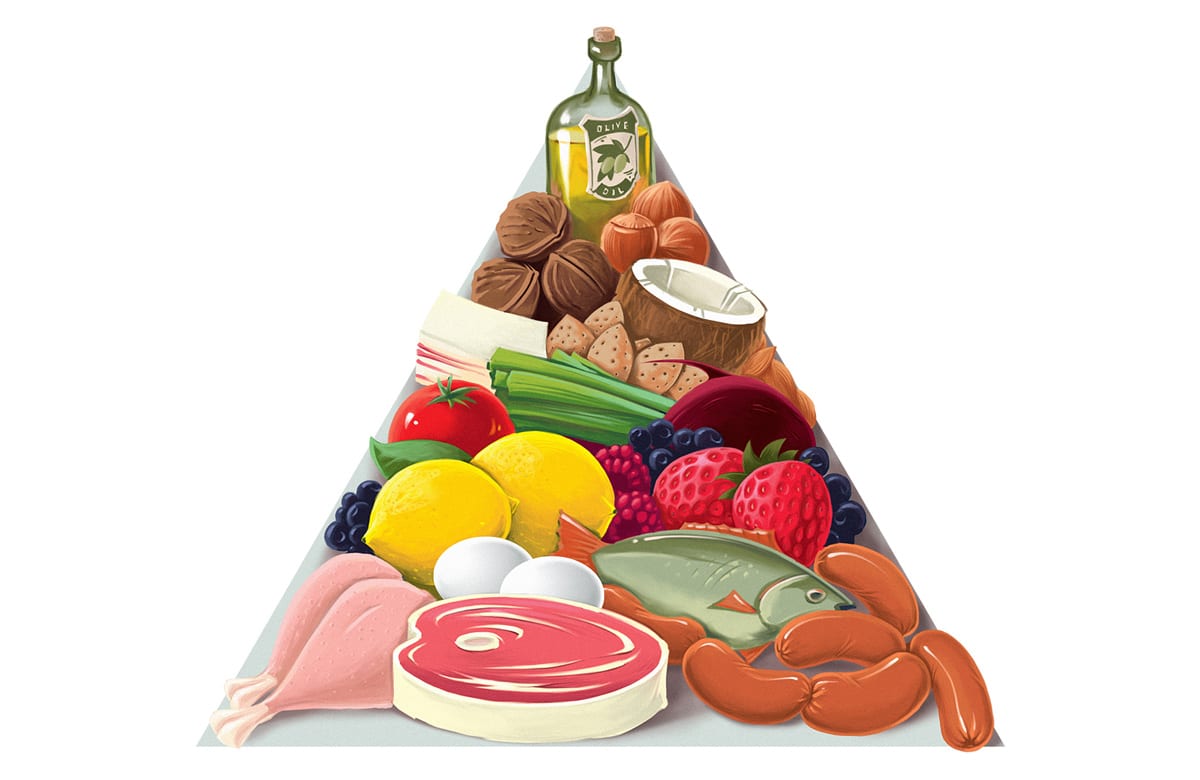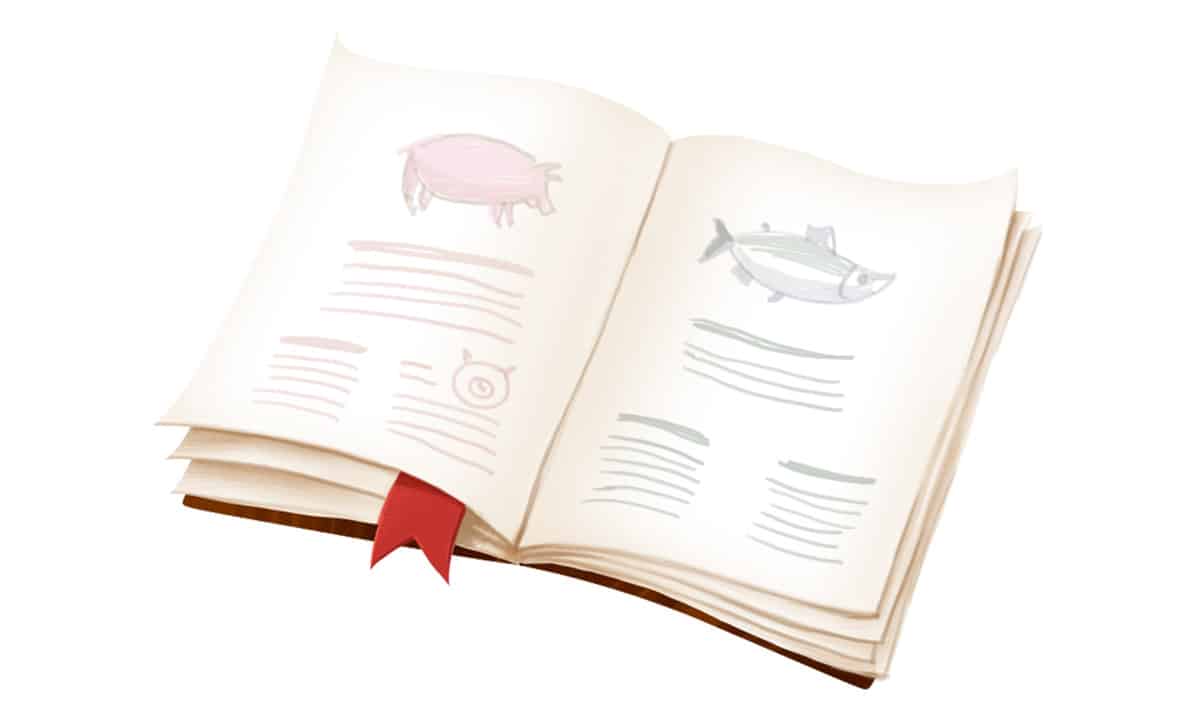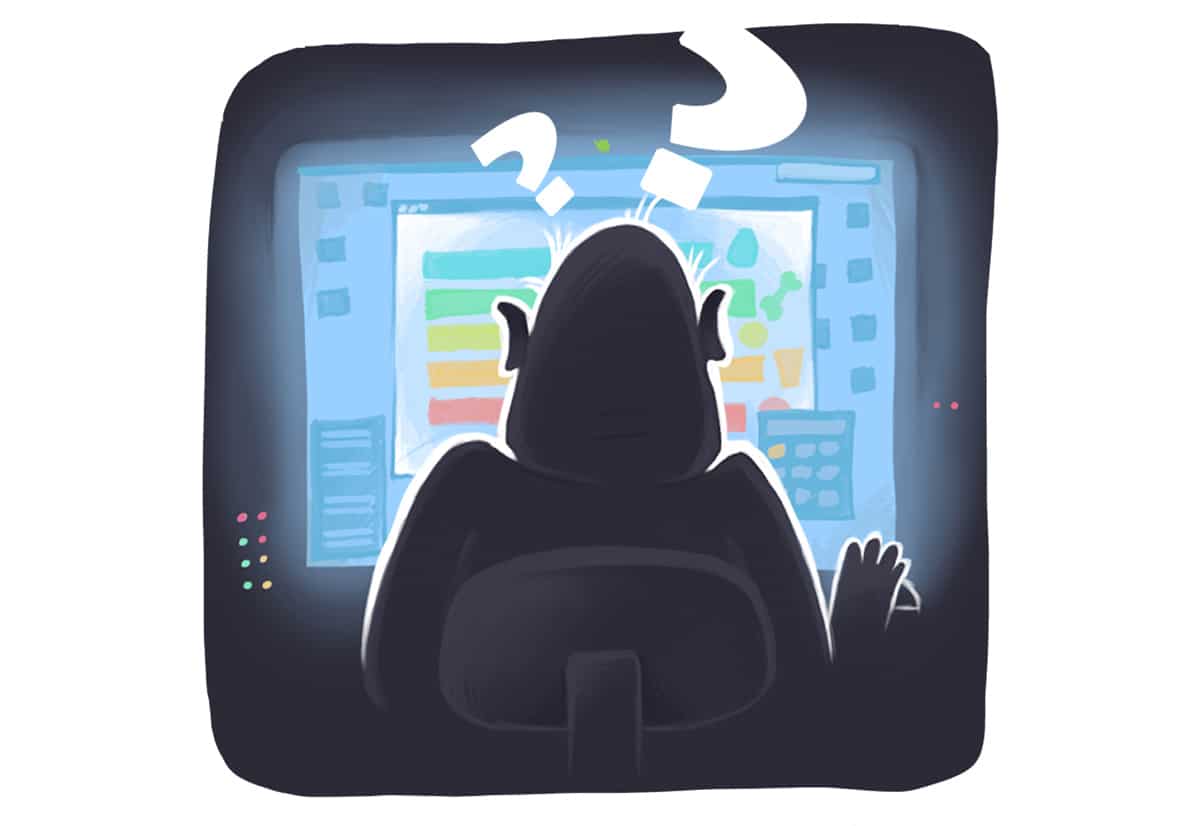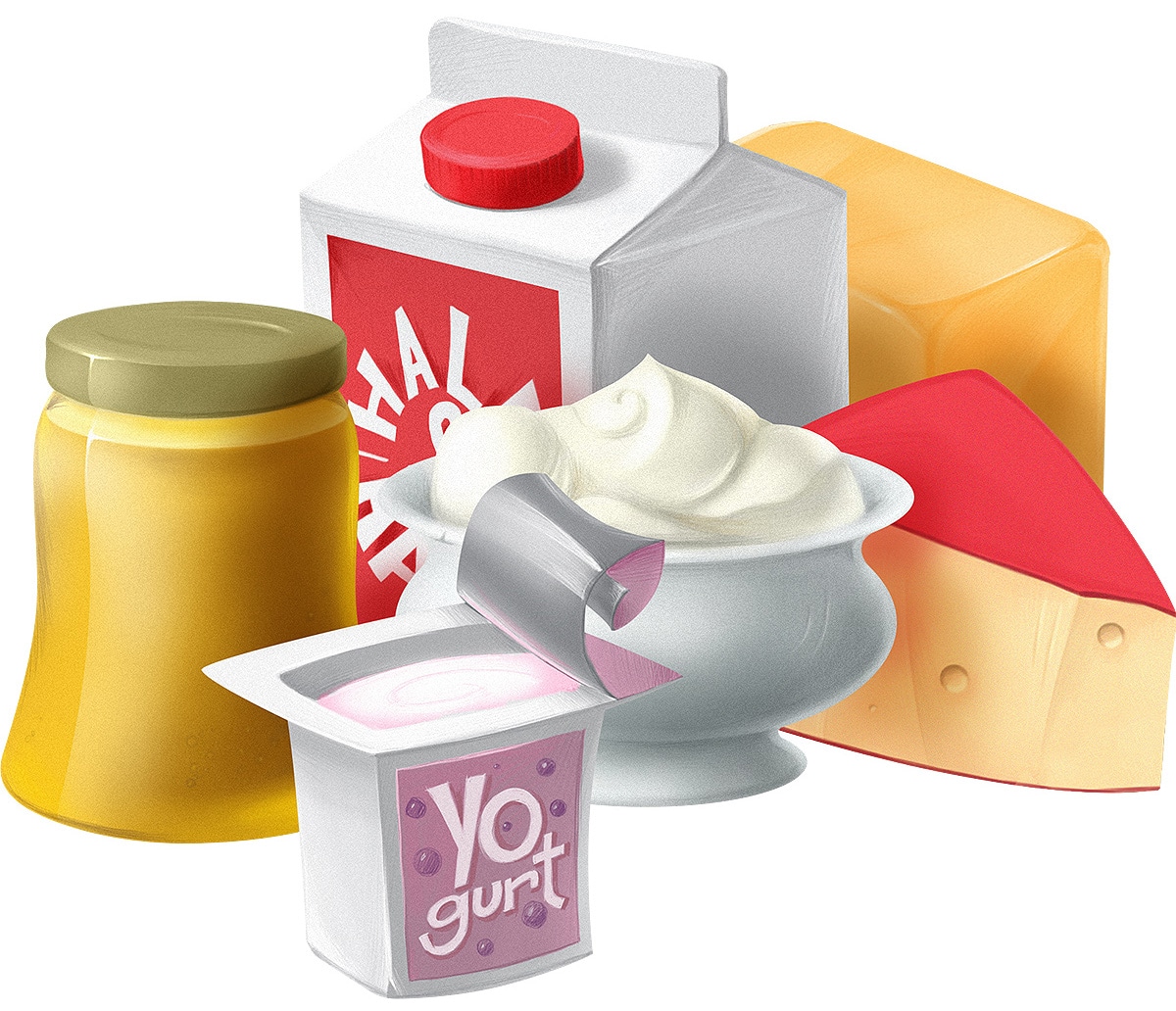So, you want to try Paleo? You’re in the right place! Below is the quick-start version of Paleo. It's designed to get you off the ground fast, without getting swamped in all the details. You can do the fine-tuning later, but right now, the most important thing is to just get started and get the momentum going.

What do I eat?

How does it work?

FAQ
What do I Eat?
Yes
Whole, unprocessed foods full of important vitamins and minerals.
- Fresh vegetables and fruits (Not corn - corn is a grain, NOT a vegetable)
- Unprocessed meat and eggs
- Fish and seafood
- Spices and seasonings. Salt is allowed.
- Healthy fats (olive oil, coconut oil, animal fat from well-treated animals, avocados...)
No
Foods that are irritating to the gut, cause inflammation (learn why inflammation is bad), or cause blood sugar spikes.
- Grains, including corn (Corn is a grain, NOT a vegetable)
- Beans and legumes (e.g. soy, lentils)
- Industrial oils (e.g. soybean oil, canola oil)
Maybe
Foods that some people tolerate fine, but other people need to eliminate

- Dairy
- Nuts and seeds
- Starchy vegetables (potatoes, sweet potatoes, etc.)
Protein, Carbs, and Fat
Eat protein, fat, and carbs in a ratio that works for you. Some people do very well on a low-carb diet and others don’t. Paleo doesn’t require any one particular amount of protein, fat, or carbs.
Meal Template
Here's a meal template to start out with. This works for a lot of people, but it’s not perfect for everyone. Adjust it to fit your personal needs and preferences.
On Paleo, calorie-counting is strongly discouraged. Here's why.
How does it Work?
Did you ever wonder how humans went for millions of years without knowing what a calorie was, much less counting them, and in that whole time there wasn't any such thing as the "obesity epidemic"? In their natural environment, human bodies can regulate their own appetite, weight, and hunger.
In the modern world, lab-created processed foods are deliberately designed to overwhelm your body's hunger and fullness signals (a good book on this is Salt, Sugar, Fat, by Michael Moss). Most of these foods are also irritating to the gut and inflammatory, so they cause other chronic diseases as well (for example, liver diseases).
Paleo is about getting rid of those foods, so your body can regulate itself, without you having to white-knuckle through constant hunger while you count up every calorie. In general, this means eating the foods that humans evolved with, and avoiding post-agricultural foods like grains because we just haven't evolved the ability to digest them well. But it's not about imitating cavemen. It's about using scientific evidence and reasoning - including evolutionary evidence - to figure out what works best for people today.
FAQ
Didn’t cavemen die at 25? Why would you eat like that?
No. The average age of death in the Paleolithic was young because so many babies died of infectious diseases that had nothing to do with diet. But if you survived to adulthood, you had a decent shot of living to middle age. Read more.
Is Paleo a low-carb diet?
It can be, but it doesn’t have to be. You can adapt Paleo principles to any combination of protein, carbs, and fat.
Isn’t all that saturated fat and cholesterol bad for you?
The short answer: no. Even the Dietary Guidelines for Americans recently got rid of the cholesterol limit because there’s just no evidence that limiting dietary cholesterol is healthful.
The long answer: read more about why limiting dietary cholesterol doesn’t make sense, the evidence in favor of cholesterol, and why saturated fat won’t kill you.
Do I have to do CrossFit to be Paleo?
No. There’s a lot of overlap, but you can do any kind of exercise you like – or none at all. Exercise is a great way to improve your health, but weight loss is 90% diet.
How fast will I lose weight on Paleo/how much weight will I lose?
It depends! Every person loses weight differently, and anyone who promises you effortless guaranteed weight loss is lying through their teeth.
Read more about what to expect from Paleo weight loss.
Learn More About...
"Am I doing it right?" Checklist
Foods/Cooking
Foods
Some controversial foods: white potatoes, dairy, honey, nuts, dried fruit, maple syrup.
Some especially nutritious foods: salmon, shrimp, sardines, organ meat, liver, avocados.
The beginner's guide to Paleo and fat
Cooking
Getting started with meal planning
10 easy Paleo recipes for beginners
The beginner's guide to Paleo breakfasts
Sleep
Just like our bodies aren't adapted to modern food, they're also not adapted to being up all night on our smartphones!
Why you need to sleep to lose weight
How to get a good night's sleep
Recovering from sleep deprivation
Stress
Modern stress isn't Paleo any more than modern food - and there's mounting evidence that it's dangerous to your health.
How stress wrecks your metabolism
Stress relief: yoga, meditation, walking.
Nutrients for stress management
Exercise
Exercise has health benefits totally independent of weight loss.
In defense of exercise for weight loss
Types of exercise: walking, weighted walking, swimming, cardio, weightlifting, sprinting.





Leave a Reply